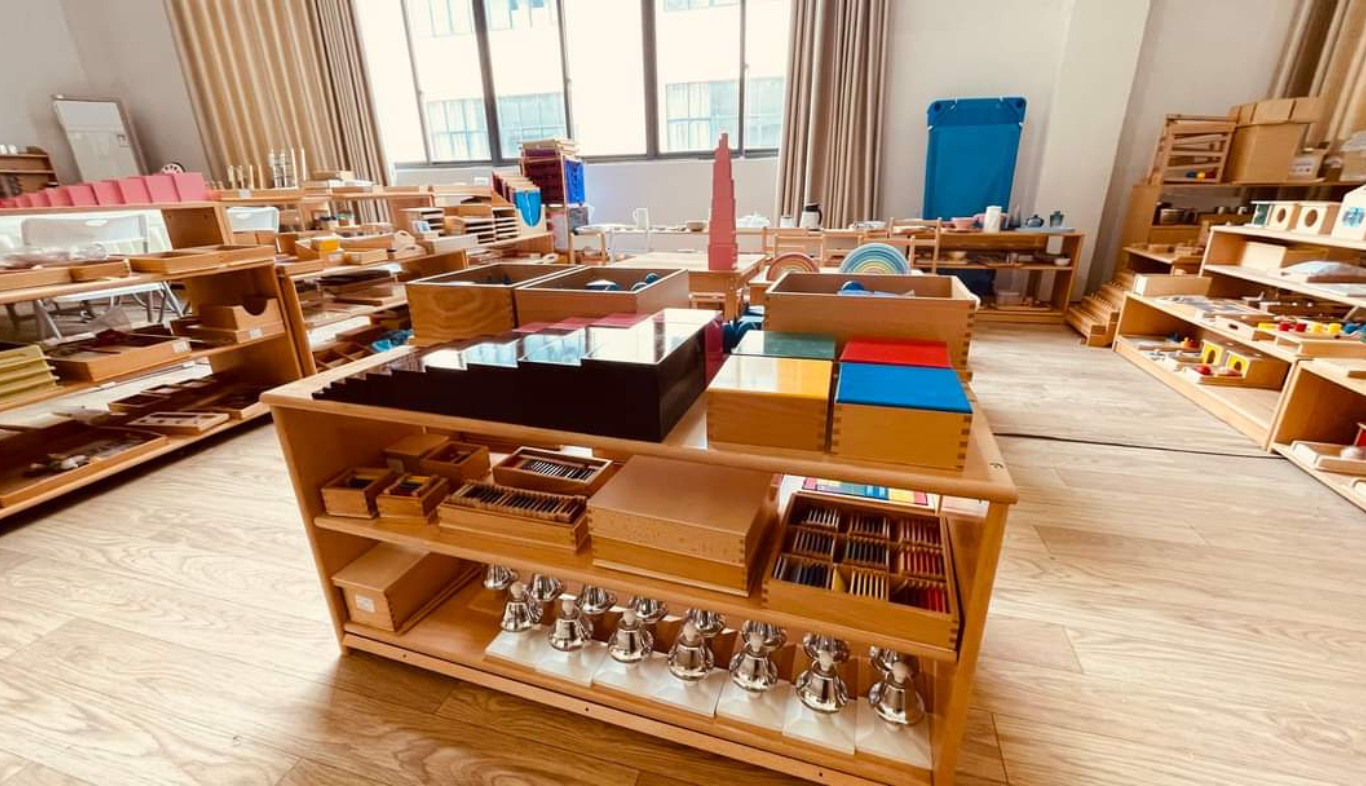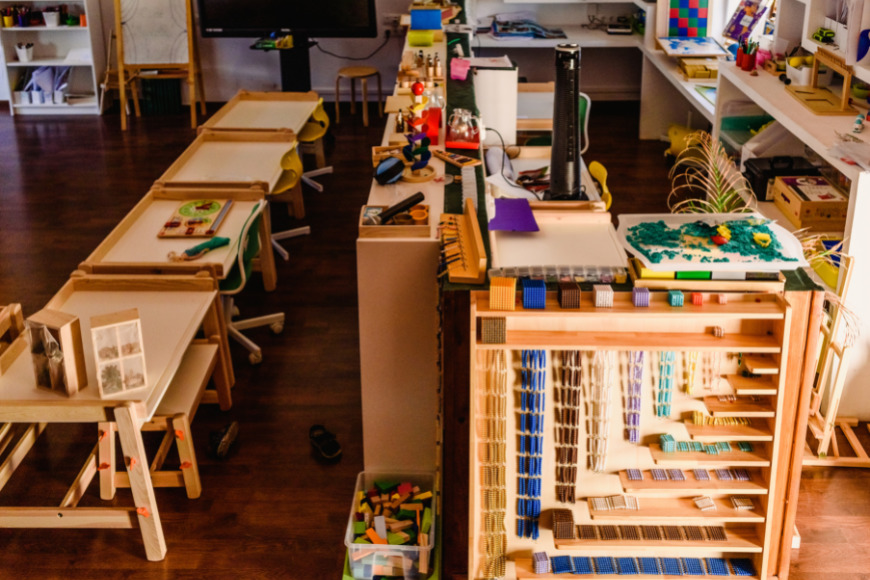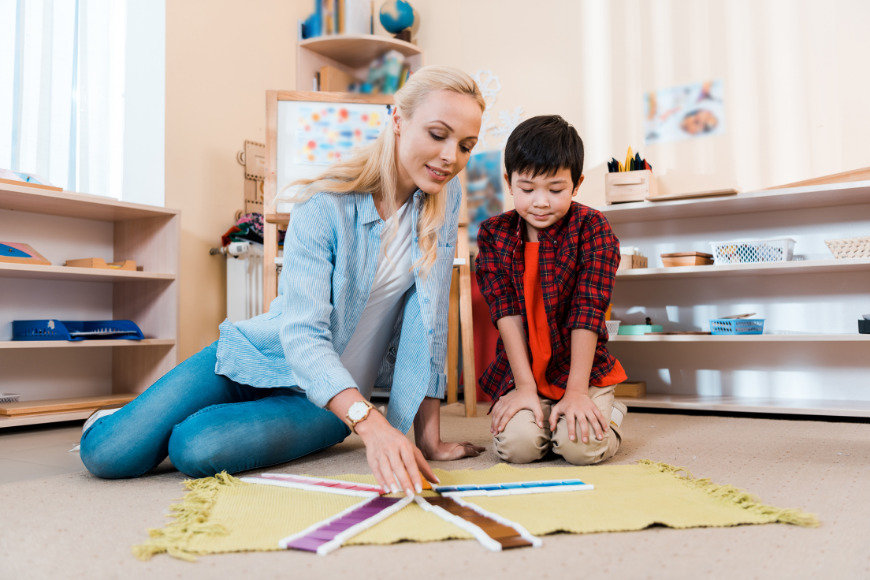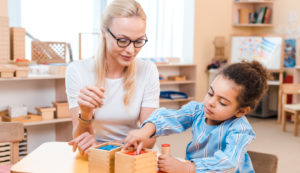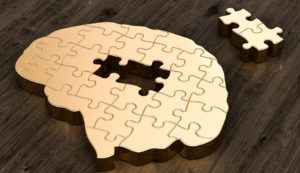As parents, we are always worried when choosing an education system for our children. But, have you ever heard of an education system that emphasizes the learning process instead of age? Or even if you have been, do you know what a Montessori curriculum looks like?
Well, the Montessori method of education is renowned for its learning process. It focuses on the rate and speed at which a child can acquire a skill before moving on to another skill.
Montessori is a learner-centered education and focuses on the individual and their developmental needs. In general, Montessori education is based on three principles:
- The development of independence, self-control, and self-discovery.
- Respect for the child’s culture, environment, language, and values.
- The natural unfolding of a child’s interest in a prepared environment.
According to the Montessori method of education, children learn best when they are allowed to explore, experiment, and take risks on their own and with their peers. As a result, the Montessori classroom, or environment, is carefully prepared in a way that responds to a child’s need to learn and grow. It is done by exposing them to materials and experiences that stimulate intelligence and promote physical and psychological development. Let us take a closer look at the Montessori curriculum.
Key Terms Of Montessori Curriculum
A Montessori curriculum is a sequence of materials, activities, and experiences that provide children the opportunity to develop their natural love for learning. It is unique and progressive as the focus is on concrete and experiential learning.
“In addition to the use of each material being highly structured, the overarching Montessori curriculum is also tightly structured. Materials within a curriculum area are presented in a hierarchical sequence, and there is a complex web of interrelationships with materials in different areas of the curriculum. As far as I know, no other single educational curriculum comes close to the Montessori curriculum in terms of its levels of depth, breadth, and interrelationship across time and topic.” – Dr. Angeline S. Lillard. in An Answer to the Crisis in Education.
The Montessori Curriculum Includes
- classroom organization
- child-arranged work (learning by doing)
- individual work (learning by self)
- group work and discussion
- practical life activities
- sensory exploration and movement
- classic art and literature
Montessori methods of education encourage children to explore the world in a structured learning environment that fosters their need to learn and grow by exposing them to materials and experiences that stimulate intelligence and promote physical and psychological development.
Montessori educators introduce concepts – like reading, writing, geometry, and mathematics – using learning materials, allowing children to learn at their own pace. Lessons are brief, concise, and direct, with the goal of increasing the child’s independence and love for learning.
Multi-age Classrooms
Montessori schools have multi-age group classrooms arranged in the following manner:
- Infant: 0-18 months
- Toddler:1-3 years
- Early Childhood: 3-6 years
- Lower Elementary: 6-9 years
- Upper Elementary: 9-12 years
- Secondary: 12-18 years of age
Montessori Curriculum and Learning Environment
The American Montessori Society (AMS) and the Association Montessori Internationale (AMI) are two organizations that provide guidance for structuring the Montessori curriculum and schools, keeping all the areas of a child’s development in mind.
Here is a glimpse of how the curriculum is structured in the Montessori classrooms:
Montessori Curriculum for Toddler Level Children (0-3 years or Pre-Nursery)
Montessori curriculum for toddlers is based on 6 integrated areas of development, i.e. sensory & perceptual, physical, cognitive, gross motor & fine motor skills, self-care & personal development skills, and social & emotional skills.
Keeping the areas of development in mind, the toddler classroom must include a progressive environment that promotes freedom of movement, integrates daily routines, and provides experiences that foster a child’s growth and independence. Thus, engaging children in daily activities based on their needs, capabilities, and interests.
Montessori Curriculum for Primary Level Children (3-6 years or Kindergarten)
The Early Childhood curriculum integrates the core areas of Practical Life, Sensorial activities, Math, Spoken Language, Reading and writing, Peace and Cosmic Education, and Cultural Subjects.
The learning environment is child-centered, which promotes self-efficacy, independence, refinement of their movements, sensory perceptions, language, and cognitive development. Many opportunities are provided for children to pursue their own interests, choose their own activities, develop their concentration abilities, and engage at their own pace in their developing abilities in reason, imagination, and sociability.
Montessori Curriculum for Elementary Level Children (6-12 years)
At the age of 6-12 years, children enter a new period of development that is
- Transitioned from concrete to abstract thinking,
- More Social
- More creative thinking and problem solver
- Have an interest in fairness, social justice, and compassion
The Elementary curriculum builds an in-depth study of the world and how it works. It is interdisciplinary and integrates the core subjects of Mathematics (including geometry and algebra), biological and physical science, technology, language arts & literature, history, geography, geology, anthropology, physical and political world, civics, economics, art, music & other forms of artistic expression, additional/world Language, cosmic education and physical education.
This curriculum helps children to foster a feeling of connectedness to humanity and encourages children’s natural desire to contribute to the world. It also allows them to explore their interests and acquire mastery of basic skills and knowledge.
Elementary classrooms are child-centered and provide a learning environment that promotes organizational and time-management skills, conflict resolution skills, concentration, independence, cooperation, and collaboration.
Montessori Curriculum for Secondary Level Children (12-18 years)
Children in the age group of 12-18 years are at the threshold of reaching adulthood. As a result, the environment should reflect the full spectrum of adult life and provide opportunities for not only pursuing academic interests but also participating in actual adult practical work in an environment closer to real society. Thus, the secondary-level curriculum in Montessori focuses on 4 developmental stages: physical, emotional, social, and cognitive.
Besides the core curriculum areas of math, language arts, social studies, and science, the Secondary Curriculum (sometimes called Erdkinder) includes world languages, creative arts, health and fitness, fieldwork (like apprenticeships), community service, and career exploration.
The curriculum prepares children for post-secondary education or careers through self-construction, extensive self-reflection, and opportunities for leadership and personal responsibility.
Children in secondary classrooms are involved in complex projects that include research and presentations to demonstrate mastery of concepts. It promotes time management, organization, independent decision-making, problem-solving, community building, and the application of learning.
How Does the Montessori Curriculum Differ from the Conventional School Curriculum?
Ideology
Montessori classroom is always focused on independence. While the curriculum provides a classroom with structure. Its prime focus is on children (individuals) and should be given the freedom to choose their own activities and focus on learning in their own way. This approach not only promotes independence in children but also instills a mature outlook on life and accomplishing problems.
Children are allowed to move at their own pace and move on from one skill if they are ready (regardless of age). That’s why classrooms with mixed- age are promoted. Teachers (or guides) will observe and help and direct where needed, and will not interfere with a child’s learning process.
Unlike conventional education, the Montessori curriculum does not encourage the memorization of information/lessons. The Montessori curriculum emphasizes early childhood development rather than focusing on the same things or learning them in the same way.
Focus
The Montessori curriculum is a child-centered, hands-on approach to learning. It is based on the principle that children are naturally curious and eager to learn. The curriculum offers opportunities for children to focus on developing independence, correcting their errors, and respect for others & the environment. It also fosters creativity in children by giving them opportunities to explore and experiment with materials in a supportive environment.
Whereas, conventional school curriculum focuses on teaching academic subjects through lectures, textbooks, worksheets, homework assignments, etc. It may lead to boredom among students who do not enjoy those subjects or who don’t learn well from those methods of instruction. It is more teacher-directed and focuses on developing pre-reading, pre-writing, mathematical, and language arts skills.
Subjects
In a Montessori school, subjects are divided into 5 core subjects: language, practical life, mathematics, culture, and sensorial. Each area of study includes educational materials that increase in complexity as they achieve one skill. Children progress through the Montessori Curriculum at their own pace, based on their stage of development and interests. Lessons are short, concise, direct, and aimed at enhancing the child’s self-worth.
In conventional schools, subjects are literature, science, social studies, arts, mathematics, and language. Each has 10-12 pre-defined lessons which change every year. All the children learn at the same pace and speed.
Evaluation
In a Montessori school, educators assess children using formative observations that complement a carefully prepared classroom environment. This observation happens during a session or when a child is engaged in an activity. They check if a child is on the right path for their overall development.
Whereas in conventional preschool, the assessment is based on tests and exams where children are provided with a questionnaire to answer, then grades are provided based on the answers they have written and the teacher’s knowledge.
How do Montessori Education Benefit Children?
For parents who are not sure which type of education is best for their children, this section helps them to decide. It will also help them understand how the Montessori curriculum will benefit their child’s development needs. Children absorb everything until the age of 6 years because it is a time of exploration. This is where the Montessori curriculum stands out.
5 Benefits of the Montessori Curriculum
- The curriculum is designed to foster self-confidence and independence in children by giving them the freedom to explore their environment and learn through experimentation without the fear of failure. Thus, making it essential for developing minds.
- It assists children in developing critical thinking abilities, problem-solving skills, and creative thinking.
- It is designed for each child’s development needs so that they are never overwhelmed with too much information at once.
- It is tailored to meet the needs of all learners, including those with special needs or developmental delays; it also includes a strong emphasis on early childhood development.
- It promotes the development of a child’s five senses in order to improve their ability to learn and develop social skills.
Final Words
The Montessori curriculum is not a set of fixed lessons or a series of workbooks but is based on the child’s development needs and interests. This means that the lessons are flexible and ever-changing to meet the needs of the child. Thus, making it must consider when choosing the educational system for your child.
To know more about Montessori video lessons and worksheets, click here.



